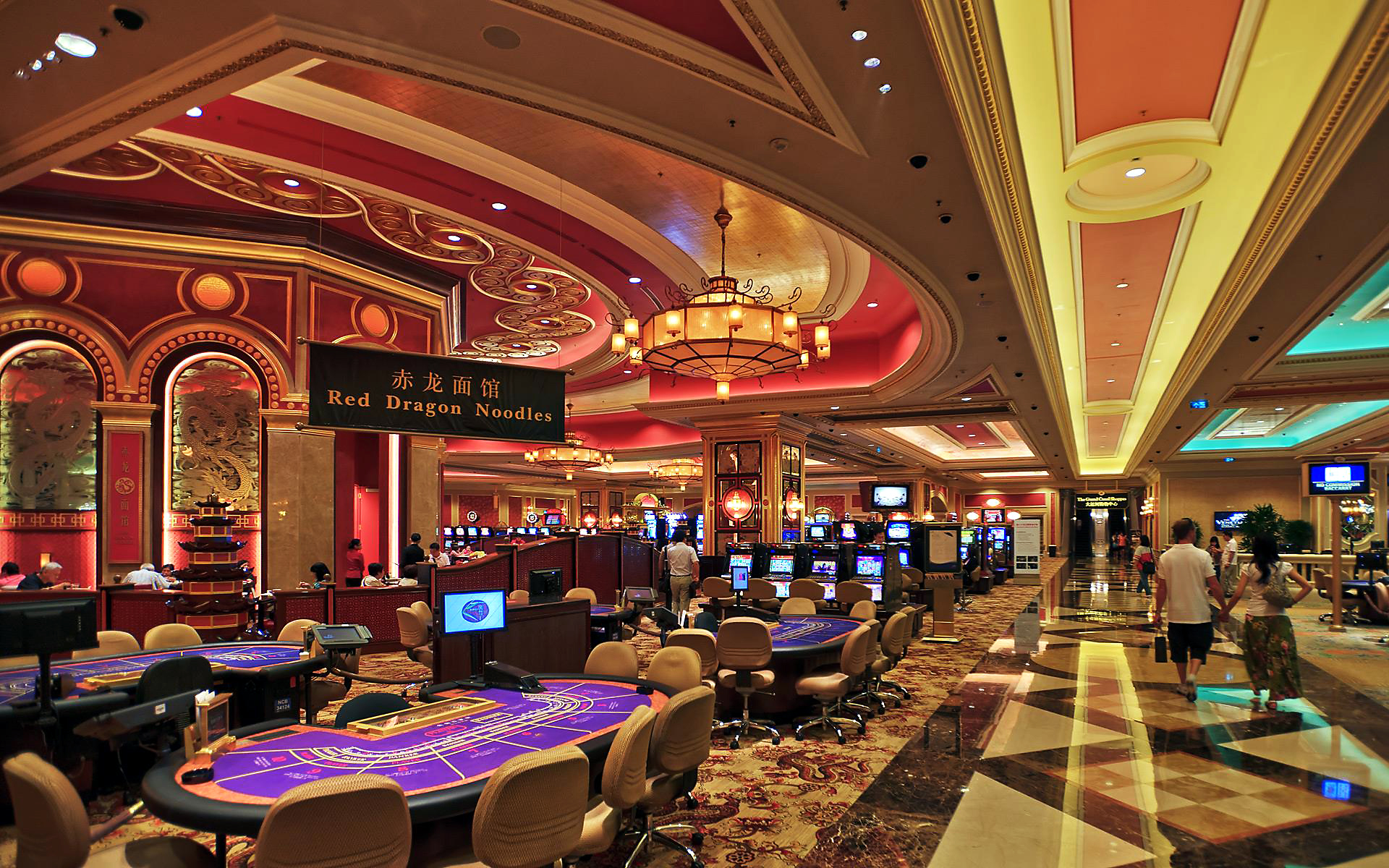The tale of gaming machines is a fascinating journey that reflects the progress of amusement and wagering throughout the ages. Beginning in their modest beginnings in the late 19th century to turning into a fixture in gaming halls across the planet, these games of chance have experienced remarkable transformations. Casino slots games have mesmerized players with their vibrant graphics, enticing themes, and the hope of transformative prizes.
Initially designed as analog instruments with rotating reels and limited symbols, slot machines have transformed into sophisticated digital games that include modern tech and dynamic features. In the present day, they welcome millions of players, each aspiring to hit the jackpot with just the lever pull of a handle or the press of a tap. Exploring the captivating history of these devices discloses not just the tale of a popular hobby, but also a mirror of cultural shifts and tech developments over the years.
One of the Beginnings of Slot Machines
A tale of slot machines starts in the final years of the 19th century, a time when machines were becoming popular in entertainment venues. A groundbreaking slot machine was invented by Charles Fey in 1895, known as the Liberty Bell. It featured three spinning reels and 5 symbols: hearts, diamonds, spades, a horseshoe, and the legendary Liberty Bell. Players would pull a lever to spin the reels, and if the symbols matched in a specific combination, players won a payout. Fey’s invention quickly captured the attention of gamblers and set the foundation for future developments in casino slots games.
As the concept of the slot machine gained popularity, various inventors looked to enhance Fey’s design. By the dawn of the 1900s, these machines were becoming a common sight in saloons and amusement parks. In 1907, the initial electromechanical slot machine was introduced by Herbert Mills, which featured a more intricate system of payout mechanisms and the renowned fruit symbols that are still associated with slots today. This evolution marked a significant shift in the gaming industry, as machines became more engaging and user-friendly, drawing in more players.
The popularity of slot machines continued to soar throughout the early 20th century, resulting in their widespread adoption in casinos across the United States. However, as legal restrictions on gambling during the Great Depression presented challenges for the industry. Many machines were outlawed, but this did not halt innovators. Instead, they adapted by creating machines that dispensed candy or gum instead of cash prizes, effectively bypassing the restrictions while still offering the thrill of a casino slots game. This ingenuity kept the spirit of gambling alive, setting the stage for the eventual resurgence of slot machines in modern casinos.

Development of Slot Machine Technology
The history of gambling machines began in the late 19th hundred years with the debut of the early traditional devices. A mechanic named Charles Fey, a West Coast craftsman, launched the Liberty Bell in 1895, which boasted three spinning reels and five icons: hearts, diamond shapes, spades, a horseshoe, and the Liberty Bell itself. This simple yet captivating appearance laid the groundwork for the future of gambling slots, creating an swift draw for gamblers seeking entertainment and a opportunity to win.
As innovation advanced, so did the styling and operations of slot machines. By the central 20th century, electronic mechanical machines surfaced, incorporating electric parts to boost gameplay and increase payout possibilities. These advancements permitted for more complex features like several paylines and bigger jackpots. The gaming establishments embraced these developments, resulting in the emergence of casino slots as a major provider of profits within the casino business, fundamentally altering the experience of playing slots.
The closing 20th and early 21st eras introduced the age of digital technology, resulting in the debut of video slots. These devices changed out traditional reels with monitors, enabling even more imagination in themes and gameplay features. Gamblers could now enjoy immersive graphics and sound effects, along with dynamic bonus rounds. The move to online casinos further transformed the casino slots game, making slots available to a global market anytime and anywhere, thus marking a fresh chapter in the progression of gaming machine innovation.
A Social Impact of Gaming Machines
Slot machines have become more than just a form of leisure; they have woven themselves into the essence of mainstream culture. Across movies and television shows to music and literature, these iconic gaming machines often serve as emblems of chance and risk. Films like The Casino and Ocean’s 11 prominently feature slots, portraying them as thrilling yet uncertain elements of the casino atmosphere. Their distinct attraction lies in the noise of coins clinking, the spinning reels, and the bright blinking lights, which together create an electric atmosphere that draws people in.
Moreover, slot machines have influenced social gatherings and events, making them a focal point in casinos and gaming venues. Numerous individuals do not just go to a casino to gamble; they go for the entire experience, which includes the social interactions and the vibrant ambiance surrounding these machines. Special tournaments and themed gaming nights centered around slots also showcase their popularity, fostering community engagement and collective fun among players. This social element has contributed to the machines’ lasting popularity.
The advancement of technology has further transformed this cultural impact. Digital and online slots have broadened access to these games well beyond the walls of physical casinos. Players can now get their favorite casino slots game from home or on the go, leading to the rise of online communities and forums where enthusiasts share strategies and experiences. The ongoing innovation in game design and the integration of storytelling have kept the cultural importance of slot machines alive, attracting new generations of players while maintaining a tie to their cultural roots. GK88